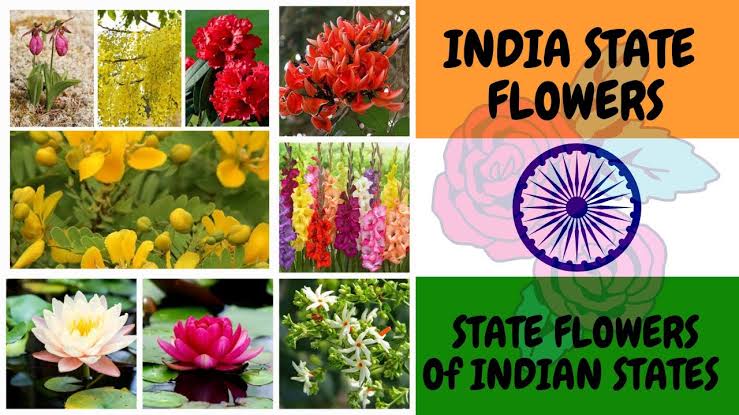Ever wondered what flower represents your state? Each Indian state has its own official flower, and there’s a fascinating mix of colors, shapes, and stories behind them. These flowers aren’t just pretty—they’re part of the state’s identity and often have deep cultural roots.
Here’s a quick look at some of the state flowers and their scientific names:
-
Andhra Pradesh: Water Lily (Nelumbo)
-
Arunachal Pradesh: Lady’s Slipper (Cypripedioideae)
-
Assam: Foxtail Orchid (Rhynchostylis gigantea)
-
Bihar: Pot Marigold (Calendula officinalis)
-
Gujarat: Marigold (Tagetes erecta)
-
Haryana, Karnataka: Lotus (Nelumbo nucifera)
-
Himachal Pradesh, Nagaland: Rhododendron (Rhododendron ponticum)
-
Jharkhand, Madhya Pradesh, Uttar Pradesh: Palash or Parrot Tree (Butea monosperma)
-
Kerala: Golden Shower Tree (Cassia fistula)
-
Maharashtra: Jarul (Lagerstroemia speciosa)
-
Manipur: Siroi Lily (Lilium mackliniae)
-
Meghalaya: Lady’s Slipper (Cypripedioideae)
-
Mizoram: Red Vanda (Renanthera imschootiana)
-
Odisha: Ashoka (Saraca asoca)
-
Rajasthan: Rohira (Tecomella undulata)
-
Sikkim: Noble Orchid (Cymbidium goeringii)
-
Tamil Nadu: Glory Lily (Gloriosa superba)
-
Telangana: Tanner’s Cassia (Senna auriculata)
-
Tripura: Nag Kesar (Mesua ferrea)
-
Uttarakhand: Brahma Kamal (Saussurea obvallata)
-
West Bengal: Night-flowering Jasmine (Nyctanthes arbor-tristis)
It’s amazing how these flowers reflect the diversity and natural beauty of India. They’re often seen at state functions, in emblems, and even in conservation campaigns. Next time you see your state flower, you’ll know a little more about what it stands for.
Source: Vajiram & Ravi, Adda247, StudyIQ, Elite IAS, MCQBOX, Byjus

